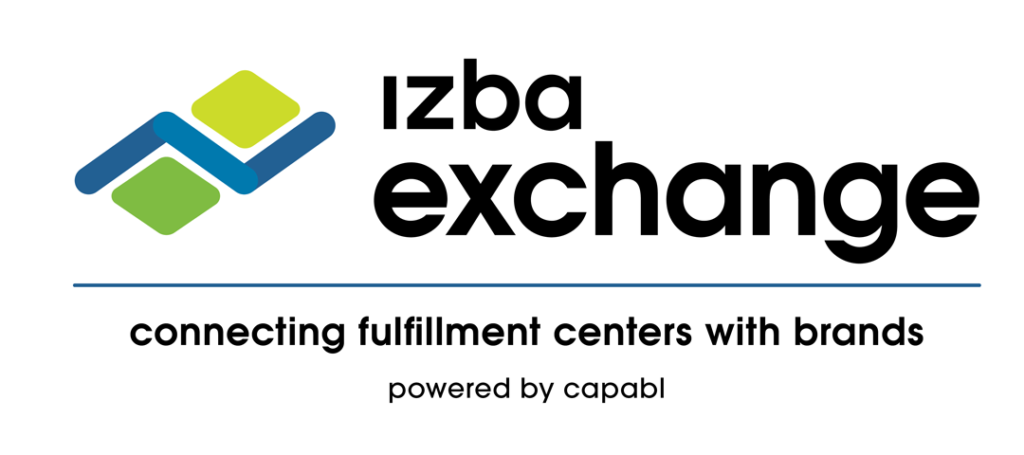
US investment in Mexican infrastructure provides the dual benefits of improving North American supply chains and helping alleviate the immigration crisis.
Since they announced their Belt and Road Initiative (BRI) in 2013, China has aimed to connect over 60 countries via land and maritime routes. This has been a major PR win for China and has the added benefit of actually building some infrastructure (even though the record is a bit spotty at best). The United States and Europe have also developed their own initiatives as partial answers to the BRI, but nothing as coherent and impactful.
The US, the country that rebuilt Europe with the Marshall Plan, needs its own Belt & Road initiative and I don’t think we need to look much farther than Mexico as our starting point (called the Aztek-Eagle Initiative in this article). Mexico needs significant upgrades in transportation infrastructure, water and sanitation, telecommunications, and energy. By investing in Mexican infrastructure the United States has the opportunity to strengthen regional supply chains and simultaneously address the immigration border crisis.
What projects would the Aztek-Eagle Initiative invest in?
The US Mexico border is one of the most significant economic exchanges in the world and we’ve been investing there for decades. The amount of cross border trade is only expected to increase and key crossing points like Tijuana-San Diego, Ciudad Juarez-El Paso, and Nuevo Laredo-Laredo could benefit from modernization and expansion. Such projects could range from a few hundred million to over a billion dollars, depending on the scope.
Example projects could include improving the I-35 corridor from Laredo to Dallas and the I-5 corridor from Tijuana to Los Angeles, as well as their parallel rail lines. Costs for major highway construction can be around $10 million per mile, while rail lines can range between $1 million to $2 million per mile.
Moving further away from the Border itself, expanding major ports like Veracruz, Manzanillo, and Lazaro Cardenas, or even considering new ports would help ease congestion in LA/Long Beach and keep the factories selling into the US adequately fed. The costs of port projects can vary greatly, from hundreds of millions to several billion dollars.
Once you add ports, it makes sense to add in intermodal facilities near major ports, border crossings, and transportation corridors that would enhance logistical capabilities. You’d also most likely see a large expansion of already existing logistics hubs near Mexico City, Guadalajara and Monterrey.
How would the Aztek-Eagle initiative help solve the Immigration Crisis?
The US currently provides $1.6B annually to Mexico in the form of Foreign Aid. From 2009 to 2019 we spent roughly $3B on “security initiatives” with Mexico in addition to the $25B for the CBP and $3B for the DEA we spend annually. The proposed border wall with Mexico is expected to cost $20B if ever completed. This is an enormous amount of money that has been mostly unsuccessful at fixing the problems that it sought to solve.
The underlying issue for most migrants is economical. If the US were to redirect a portion of the funds that it’s already spending towards Mexican infrastructure, the resulting economic boom and rise in educational levels in Mexico would act as a sort of sponge or buffer for migrants and allow migrants a better chance at assimilating given cultural similarities. A rapidly growing Mexican economy would become a destination for many migrants and a wealthier Mexico would be better able to support them.
The reality is that with a bilateral government commitment, the opportunities to attract significant public private partnerships would be immense. As an example, KKR Infrastructure Fund IV was $12B and Fund V is expected to be $17B. Blackstone’s Infrastructure Fund is around $35B. If you look at where most of these investments are made you see countries in Africa, Asia, & the Middle East top the list- coincidentally the same areas that China is targeting with the Belt & Road Initiative. I would have to imagine that given the right regulatory framework and commitment that these mega funds would jump at the opportunity to invest closer to home.
What benefits would the United States see?
Helping to curtail the immigration crisis without having to actually solve immigration (a topic for another time), might seem like enough of a political win to do the deal, but the US stands to gain so much more.
Increased Trade: Improved infrastructure would facilitate trade by reducing transit times and costs, making American goods more competitive in Mexican markets, and vice versa. As Mexico’s economy grows as a result of infrastructure development, you could expect increased demand for American products and services.
Job Creation: The design, construction, and maintenance of infrastructure projects would create jobs in both the United States and Mexico. These employment opportunities would stimulate local economies in both countries.
Regional Stability: The Cartels in Mexico today are like the Yakuza in Japan in the 1950’s which peaked with a membership of 184,000 members. In 1991, after the Japanese economic miracle, membership was 61,000 and has dropped to an estimated 11,000 members in 2022.
By addressing the root causes of migration through economic opportunity, the United States could mitigate immigration pressures and enhance regional security.
Resilient Supply Chains & National Security: In a world that is becoming more regional, more reliable and efficient infrastructure in Mexico would improve supply chains for US companies operating in the country. There’s an element of national security as well, as strengthening supply chains would increase our manufacturing base’s resilience in case of conflict overseas.
Soft Power Influence: By investing in Mexican infrastructure, the United States can strengthen bilateral relations and increase its soft power influence in the region. Going further south, there are some countries like Chile & Brazil that appear to be drifting more towards China and the US needs more of a bulwark beyond money and guns.
We should do this (and now!)
Investing in Mexican infrastructure offers a unique opportunity for the United States to simultaneously strengthen regional supply chains and address the immigration border crisis. By focusing on crucial areas such as border infrastructure, highways and railways, ports, intermodal facilities, and logistics hubs, the United States can unlock the potential for increased trade, economic growth, job creation, regional stability, improved supply chains, and enhanced soft power influence.
Collaboration and investment in Mexican infrastructure should be seen as a strategic move towards long-term economic growth, stability, and regional cooperation. By seizing this opportunity, the United States can shape the future of regional supply chains, foster economic prosperity, and contribute to the resolution of the immigration border crisis. It is essential for policymakers and stakeholders to recognize the potential of investing in Mexican infrastructure and work together to realize these benefits for both nations.





